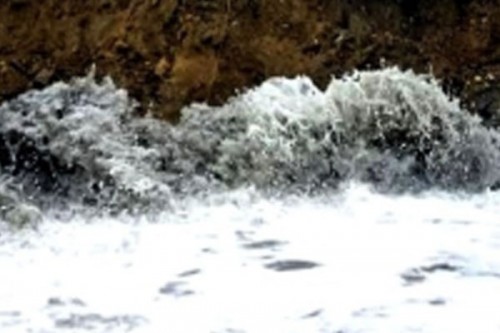New Zealand researchers assess tsunami hazards by new modelling technique

Wellington, Dec 12 (IANS) A new research published on Tuesday suggested that tsunamis could reach up to 28 meters, and that the northern and eastern coasts of New Zealand's North Island are most at risk of being impacted by the largest waves.
The research team has developed an innovative new method to carry out tsunami hazard assessments, using New Zealand as a case study, reports Xinhua news agency.
Researchers looked at 30,000 years of a synthetic earthquake catalogue, and modelled the tsunamis generated from more than 2,500 earthquakes of magnitude 7 or greater.
"Tsunamis are a deadly but infrequent hazard, which makes them hard to study," said Laura Hughes of Victoria University of Wellington, adding this is the first use of a physics-based earthquake catalogue to investigate tsunami hazard, and it overcomes many of the challenges with previous methods.
Hughes' research indicates that modelled earthquakes on the Hikurangi and Tonga-Kermadec subduction zones pose the greatest hazard along many parts of New Zealand's coastline.
The modelling technique has already been used as the basis for estimating tsunami impacts and losses around New Zealand, according to the study published in the Journal of Geophysical Research: Solid Earth.
This new method could also be used to estimate risk from earthquake-induced perils such as tsunamis, ground-shaking, landslides and liquefaction, said program co-leader Bill Fry of GNS Science.
"This is about keeping New Zealanders safer. The more knowledge we have about our hazards and risks, the better we can plan and prepare," Fry said.

|

|

